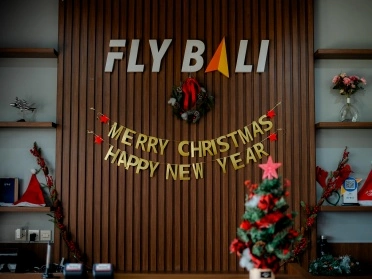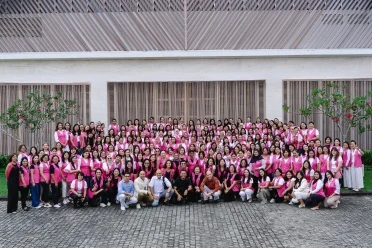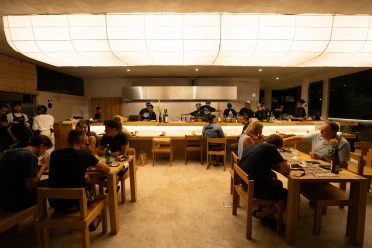North Bali is about to enter a defining chapter in its history. The long-anticipated North Bali International Airport is moving from vision to reality, setting the stage for a new era in connectivity, investment, and balanced development across the island. Greenlighted by President Prabowo Subianto this year and expected to begin partial operations by 2028, the airport is projected to handle up to 30 million passengers annually. This aims to ease the immense strain on Denpasar’s Ngurah Rai International and unlocking new possibilities for northern Bali.
Greenlighted by President Prabowo Subianto this year and expected to begin partial operations by 2028, the airport is projected to unlock new possibilities for northern Bali.
More Than a Gateway
Modeled on the world’s leading airports such as Singapore’s Changi, the new North Bali International is envisioned as a destination in itself, blending cultural identity with cutting-edge infrastructure. The project’s design philosophy, dubbed the “ARTPORT” concept, aims to merge art, culture, and modern travel.
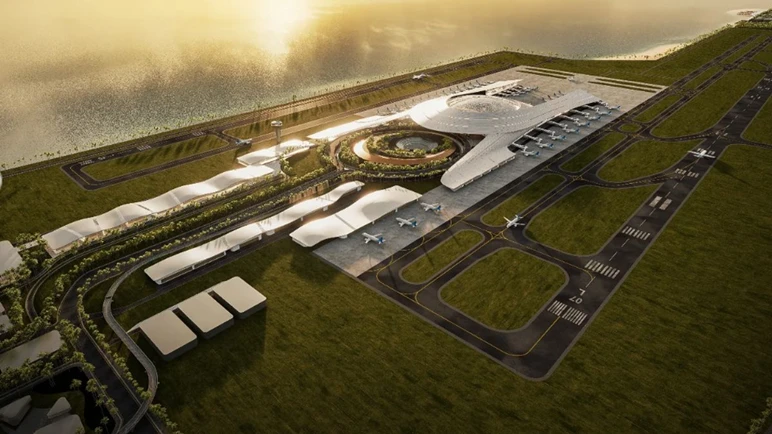
Every area of the airport, from check-in counters to retail zones, is being created to embody the soul of Bali. The vision is to let travelers experience the island’s sense of place from the moment they arrive, turning transit into cultural discovery.
Designed for Sustainability
Sustainability sits at the heart of the airport’s blueprint. Plans call for integration with electric vehicles, public transport systems, and green open spaces to ensure that growth aligns with environmental consciousness. The layout is divided into two major zones: the Transit Hub and the Terminal. The Transit Hub will connect to trains, the Bus Rapid Transit system, and eco-friendly drop-off points, while the Terminal will serve as the core of flight operations.

This design creates a seamless flow between mobility and experience, positioning the airport as a model for sustainable infrastructure in Indonesia. It reflects a growing national priority to develop world-class facilities without losing sight of cultural authenticity or ecological responsibility.
A Catalyst for Northern Development
For decades, Bali’s tourism and economic focus have been concentrated in the south. Areas like Seminyak, Canggu, and Nusa Dua have long driven the island’s growth while the north remained largely untouched. The construction of the new airport could finally change that equation.
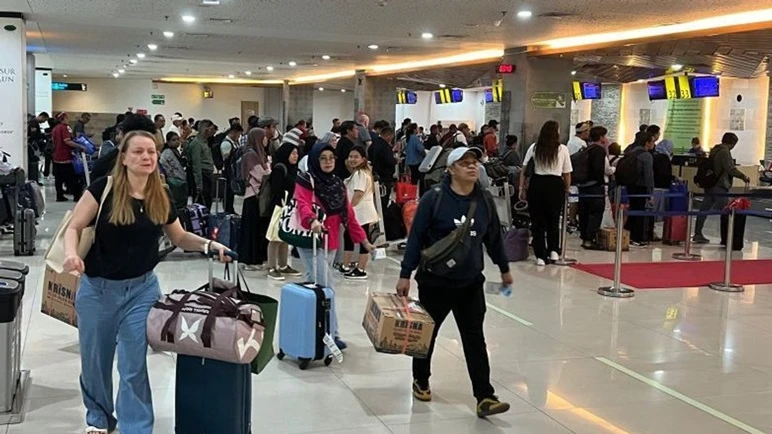
Improved access will open opportunities across Buleleng and its surroundings. Investments in roads, hospitality, and logistics will likely follow, creating jobs and empowering communities that have historically been left outside the tourism boom. With thoughtful planning, this redistribution of growth could help ease overdevelopment in the south and establish a more balanced, sustainable island economy.
Looking Toward 2028 and Beyond
As groundwork preparations accelerate, optimism grows for what the airport represents: a bridge to the future. North Bali International has the potential to transform not only how travelers reach the island but also how Bali defines itself in the global arena.
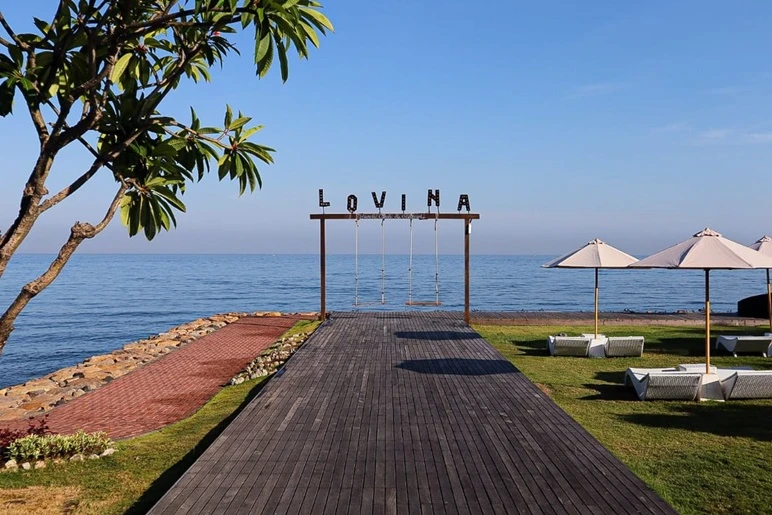
Its arrival marks a turning point, one that could usher in a more inclusive, sustainable, and globally connected era for Indonesia’s most beloved destination. The question that remains is not whether the airport will reshape the region, but how Bali will evolve around the opportunity it creates.



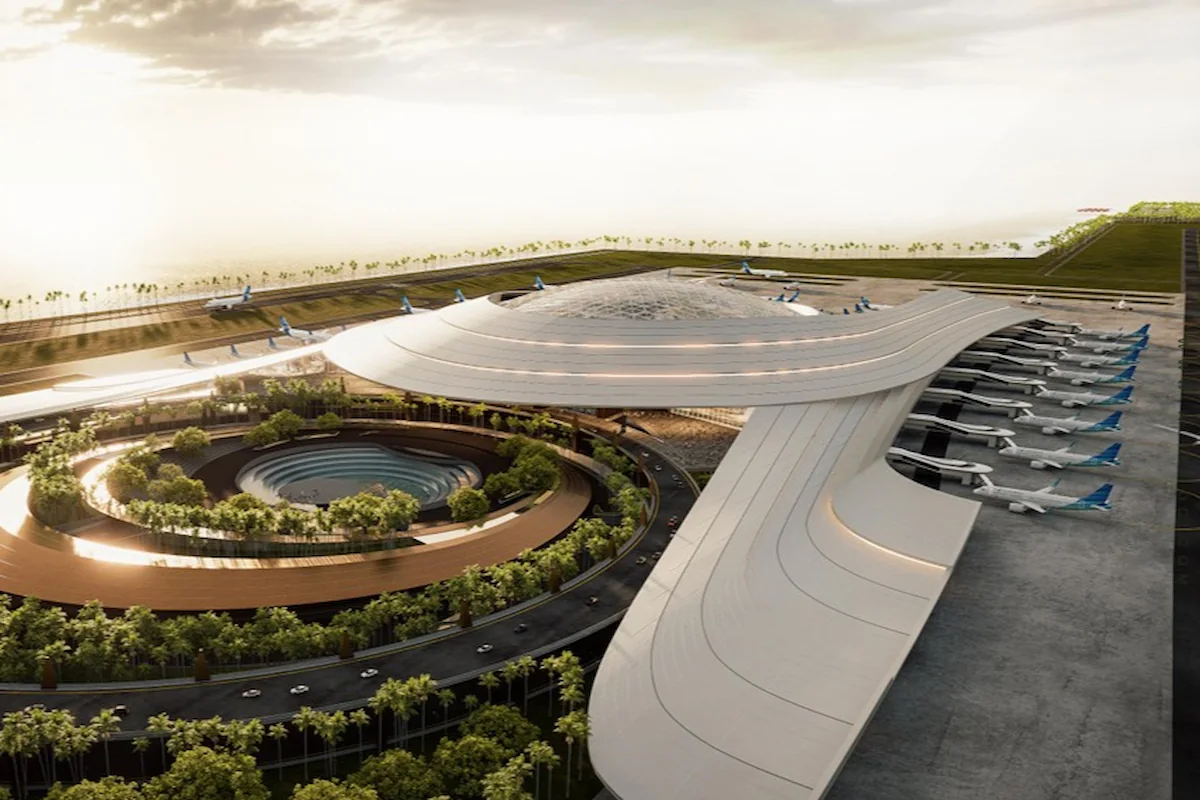
 Billy Bagus
Billy Bagus
 Oct 17, 2025
Oct 17, 2025



